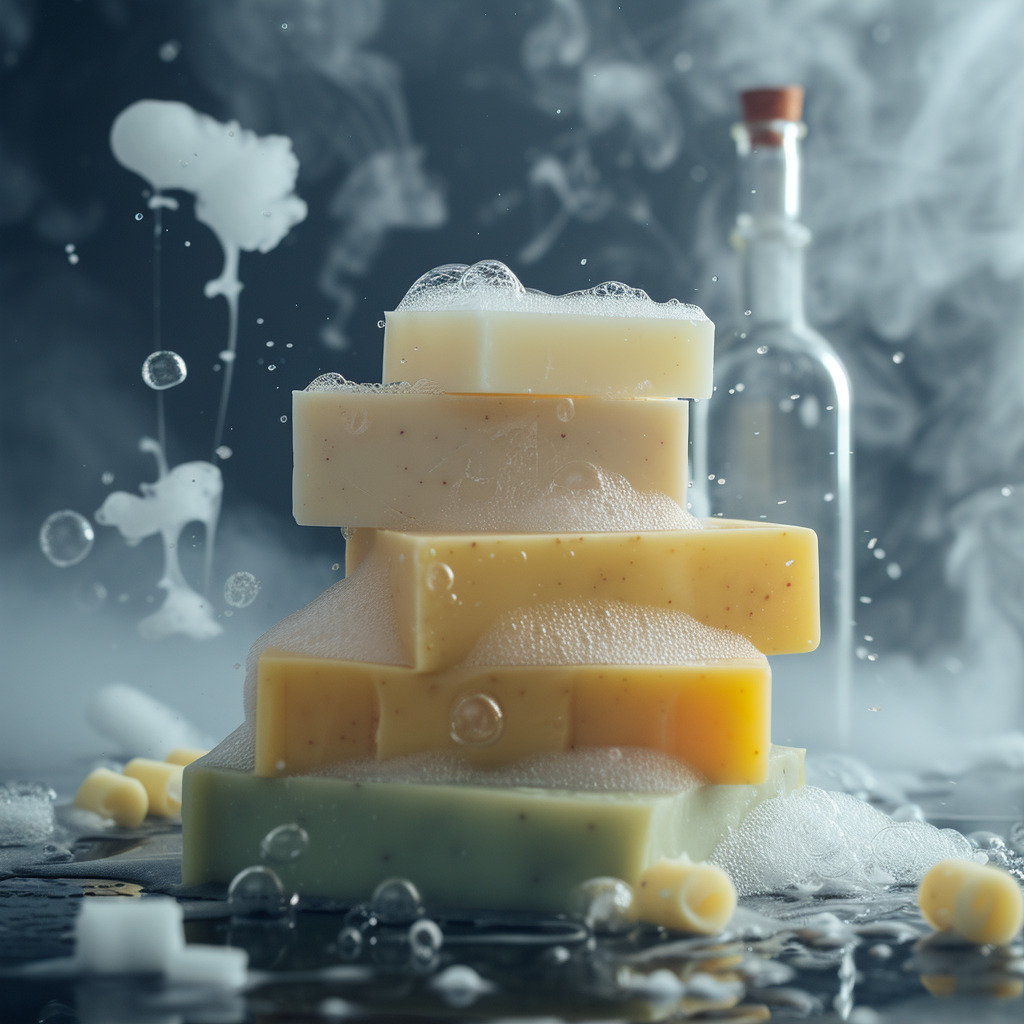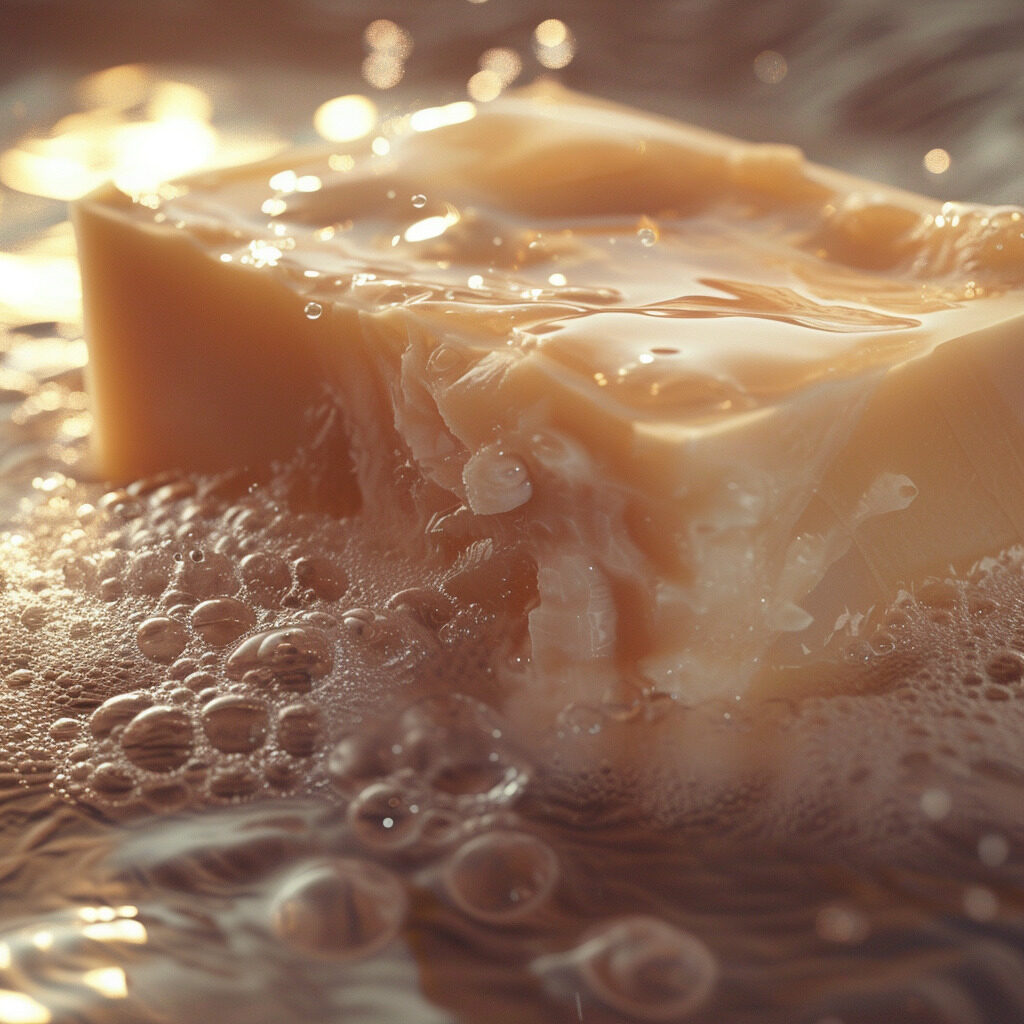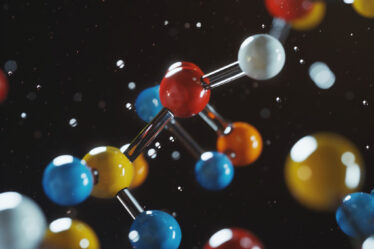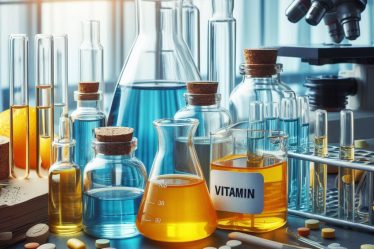
We all use soap daily, but what’s behind its bubbly magic?
This article will look closely at what soap is made of and how it’s created. We’ll start from the basic ingredients like fats, oils, and alkalis, move on to how these components combine to form soap and discuss the different methods of making soap, such as cold-process soap. We’ll also talk about different types of soaps, such as Marseille soap, natural soap, and charcoal soap.
Soap and Soap-Making Techniques: Key Takeaways
In a hurry? Don’t worry. Our critical takeaways on soap and making soap will give you a quick and easy summary of the main points:
🟠 Making Soap: Soap is created through a chemical reaction called saponification, where fats or oils are mixed with an alkali, resulting in soap and glycerol.
🟠 Cold Process Soap Making: The cold process method involves mixing oils with lye and allowing the mixture to cure over several weeks, offering greater control over the soap’s ingredients and texture.
🟠 Black Soap: Black soap, traditionally made in West Africa, is known for its natural, beneficial properties for the skin. Made from cocoa pod ash, plantain skins, and tropical oils.
If you find soap-making challenging, don’t worry! Personalized tutoring or interactive chemistry lessons make these concepts more straightforward. Explore more chemistry topics and broaden your knowledge with our free World of Chemistry blogs.
What is Soap? An Introduction to Its Composition, Structure, and Properties
Soap is a cleaning agent that people have used for thousands of years. It’s made from fats or oils and an alkali. The process of making soap is both an art and a science. It involves a chemical reaction that turns simple ingredients into something that can clean dirt and grease.
Composition of Soap: Fats/Oils and Alkali
Soap is made from two key ingredients: fats or oils and an alkali. The fats or oils used in soap making can be animal-based, like lard or tallow, or vegetable-based, like olive or coconut oil. Each type of fat or oil gives the soap different qualities. For example, coconut oil makes a soap that lathers well, while olive oil creates a softer, more moisturizing bar.
The alkali is a necessary component in soap making. Historically, people used ashes, but today, we use sodium hydroxide or potassium hydroxide. We use sodium hydroxide for solid soaps and potassium hydroxide for liquid soaps. The choice of alkali influences the final product’s texture and properties. Learn more about the various chemical compounds.
Structure of Soap: Hydrophobic and Hydrophilic Ends
Soap molecules have a unique structure. Each molecule has a long hydrocarbon chain, which is hydrophobic or water-repelling. At one end of this chain is a carboxylate group, which is hydrophilic or water-attracting. This dual nature of soap molecules makes soap an effective cleaning agent.
In water, soap molecules arrange into tiny clusters called micelles. In a micelle, the hydrophobic tails of the soap molecules are in the center, away from the water, while the hydrophilic heads face outward, towards the water. This arrangement allows soap to capture and remove dirt and grease.
Properties of Soap: Physical, Chemical, and Cleaning
Soap comes in various forms: solid bars, liquid soaps, and gels. The form depends on the type of fat or oil and alkali used in making it. Solid soaps, for example, are often made with sodium hydroxide, while liquid soaps usually use potassium hydroxide.
Chemically, soap can be acidic, basic, or neutral, depending on its pH level. This pH level affects how soap interacts with your skin and the environment. Soap’s main properties for cleaning are its ability to emulsify, solubilize, and suspend dirt and grease. It breaks down and surrounds dirt particles, making them easy to wash away with water.
Are you finding soap tricky? A chemistry tutor can provide personalized lessons tailored to your needs, making organic and inorganic chemistry understandable and enjoyable.
How to Make Soap: A Step-by-Step Guide to Saponification and Soap-Making Methods
Soap-making is a process where science and practicality meet. It involves turning fats, oils, and alkali into soap and glycerol through a chemical reaction. This process, saponification, is at the heart of soap making.
Saponification Reaction: Producing Soap and Glycerol
Saponification is the essential chemical reaction in soap making, occurring when fats or oils are mixed with an alkali like sodium or potassium hydroxide and heated. This process breaks down the fats or oils, producing soap and glycerol. Heat and stirring are crucial, speeding up the reaction and ensuring an even mixture.
The type and amount of fat or oil, the alkali ratio, water content, and ingredient purity influence the soap’s quality. Specific factors like water ratio and ingredient quality determine the soap’s hardness, lather quality, and effectiveness.
Soap-Making Methods: Cold Process and Hot Process
There are two primary methods of soap making: the cold process and the hot process. The cold process involves mixing fats or oils with an alkali, then pouring the mixture into molds and letting it cure for several weeks. This method allows for much creativity – adding different colors, scents, and textures to the soap. However, it requires patience as the soap needs time to cure.
The hot process is quicker. In this method, you cook the soap mixture, which completes the saponification process. Once cooked, the soap is ready to use much sooner than with the cold process. This method is more consistent and easier for beginners, but it offers less flexibility in terms of customization.
Soap Making Techniques: How to Make Different Types of Soap
Soap making is an age-old craft with various techniques and ingredients used to create different types of soaps. Each method and ingredient brings its unique qualities to the soap.
Cold Process Soap Making: A Traditional Soap Making Method
Cold process soap making involves creating soap from scratch by mixing oils and lye. This method has been used for centuries across different cultures. The main benefit of cold-process soap is that it results in natural and highly customizable soap. However, it requires precise measurement and patience, as the soap requires a long curing time to set and harden properly.
Marseille Soap: A Famous French Soap
Marseille soap is a renowned hard soap made from olive oil and seawater. It originated in the French city of Marseille in the 17th century and has become famous worldwide. This soap is appreciated for being made from pure and simple ingredients. However, it can be challenging to find and is often more expensive than other types of soap.
Natural Soap: A Soap with Natural Ingredients
Natural soap uses ingredients like herbs, flowers, and fruits. It caters to a modern audience that prefers to avoid synthetic chemicals and additives in their skincare products. Natural soap offers a variety of scents, colors, and beneficial skin effects. However, it can sometimes cause allergic reactions and may not have as long a shelf life as other soaps due to the organic ingredients.
Charcoal Soap: A Soap with Activated Charcoal
Charcoal soap incorporates activated charcoal and is a recent addition to the soap world. It is known for its detoxifying and cleansing properties. Activated charcoal in the soap helps remove impurities and odors from the skin, making it a popular choice for facial care. However, charcoal soap can sometimes be drying to the skin and may leave stains on fabrics and surfaces.
How Does Soap Work? Micelle Formation and Emulsification
Soap is a powerful cleaning agent used in everyday life, but its effectiveness lies in its unique chemical properties. Understanding how soap works at the molecular level helps to appreciate this common yet essential household item.
Micelle Formation: Trapping Dirt and Grease Inside
When soap molecules encounter water, they form unique structures known as micelles. These micelles have a clever design: each soap molecule features a hydrophobic (water-repelling) end and a hydrophilic (water-attracting) end. In water, they organize themselves with hydrophobic ends inward, forming a sphere, and hydrophilic ends outward. This spherical structure effectively traps dirt and grease within its core.
The micelles’ size and shape depend on the soap concentration in water and the temperature: higher soap concentration and lower temperatures lead to smaller, more spherical micelles, while the opposite conditions create more giant, irregularly shaped micelles.
Emulsification: Attaching to Dirt and Grease Particles
Emulsification is a crucial function of soap, where it actively breaks down and attaches to dirt and grease. The hydrophobic ends of soap molecules grab onto these particles, while their hydrophilic ends maintain contact with water, forming an emulsion that washes away easily.
This process’s effectiveness varies with the amount and type of dirt and grease and the water’s characteristics. Soap works less effectively in acidic and hard water but better in alkaline and soft water. Emulsification is crucial in cleaning, helping lift, and removing unwanted particles from various surfaces.
Cleaning Action: Solubilizing and Suspending Dirt and Grease
Soap’s cleaning action involves increasing dirt and grease solubility in water. Soap molecules constitute micelles and emulsions, trapping these particles and preventing them from sticking to surfaces again. Water agitation and temperature enhance the cleaning effectiveness; more movement and higher heat result in better cleaning.
Additionally, additives in soap, like fragrances and colors, can enhance its appeal and effectiveness, but excess dirt or minerals in soap can reduce its cleaning ability. This intricate balance determines the soap’s overall cleaning performance. Maybe even vitamins?
Anyone curious about chemistry in daily life can explore simple experiments or consult a chemistry tutor to discover more about the science behind these everyday phenomena.
Suppose you’re on the lookout for a chemistry tutor. In that case, a simple search like “organic chemistry tutor Liverpool” or “inorganic chemistry teacher Edinburgh” on platforms like meet’n’learn can help you find the right private teacher for your needs.
Those who prefer group learning environments can easily find chemistry classes nearby by searching for “chemistry classes Leeds” or “chemistry lessons London” online, leading to local schools or educational centers.
How to Make Soap at Home? Cold Process Soap Making
Making soap at home can be a rewarding and creative process. With essential ingredients and a careful approach, you can craft your soap that suits your preferences for scent, texture, and skin type.
Soap-Making Ingredients: Fat/Oil, Alkali, Water, and Additives
The fundamental ingredients for making soap at home include fat or oil, alkali, water, and optional additives.
| Ingredient | Type | Description | Examples |
| Fats/Oils | Base | Provides the fat needed for saponification. Different types offer varying properties to the soap. | Animal fats (lard, tallow), Vegetable oils (olive, coconut, palm) |
| Alkali | Reactant | Reacts with fats/oils to form soap. Type determines the soap form (solid or liquid). | Sodium hydroxide (for solid soap), Potassium hydroxide (for liquid soap) |
| Water | Solvent | Dissolves the alkali and facilitates the saponification process. | Distilled or purified water |
| Additives | Optional | Enhances properties like scent, color, and texture. | Fragrances, colors, exfoliants (oatmeal, poppy seeds) |
Step-by-Step Guided Activity: Making Your First Soap
Making soap at home involves several key steps:
- Gather Ingredients: Choose fats or oils, alkalis (like sodium or potassium hydroxide), distilled water, and additives (fragrances, colors).
- Ensure Safety: Wear gloves, goggles, and an apron and work in a well-ventilated area.
- Measure and Mix: Accurately weigh all ingredients, mix the alkali with water, and then combine it with melted fats or oils.
- Mold and Cure: Pour the soap mixture into molds and let it cure for several weeks, periodically checking its hardness and pH.
You can make your soap at home by following these steps and tips!
How to Learn Soap-Making Techniques
This guide explored the basics of soap and its making, from saponification to different soap-making methods like the cold process and unique types like black soap. I hope this straightforward and informative guide enlightens and inspires you to try making your soap, connecting you more closely with the everyday products we often take for granted.
Soap and Soap-Making Techniques: Frequently Asked Questions
1. What is cold-process soap making?
Cold process soap making is a method where oils and lye are mixed and then cured over several weeks to create soap.
2. What is Marseille soap?
Marseille soap is a traditional hard soap made from olive oil and seawater, known for its purity and gentle cleansing properties.
3. What are the benefits of hand soap?
Hand soap is specifically formulated for frequent use, offering effective cleaning while being gentle on the skin.
4. What defines natural soap?
Natural soap is made with organic ingredients and avoids synthetic additives, focusing on gentle and eco-friendly cleansing.
5. What is hard soap?
Hard soap is a solid bar soap, typically lasting longer and being more concentrated than liquid soaps.
6. What is unique about goat milk soap?
Goat milk soap contains natural fats and nutrients, moisturizes, and is suitable for sensitive skin.
7. How do you make soap at home?
Making soap at home involves mixing fats or oils with lye, molding, and curing the mixture into bars.
8. What is black soap?
Black soap, often from Africa, is made from natural ingredients like plantain skins, known for its deep cleansing and skin-nourishing properties.
References:
1. Practical Self Reliance
2. Britannica
3. Lovely Greens



